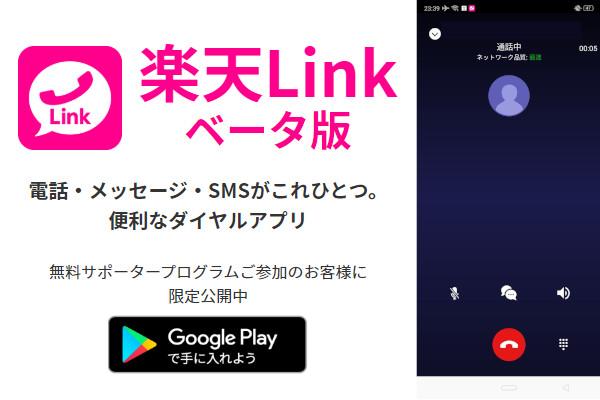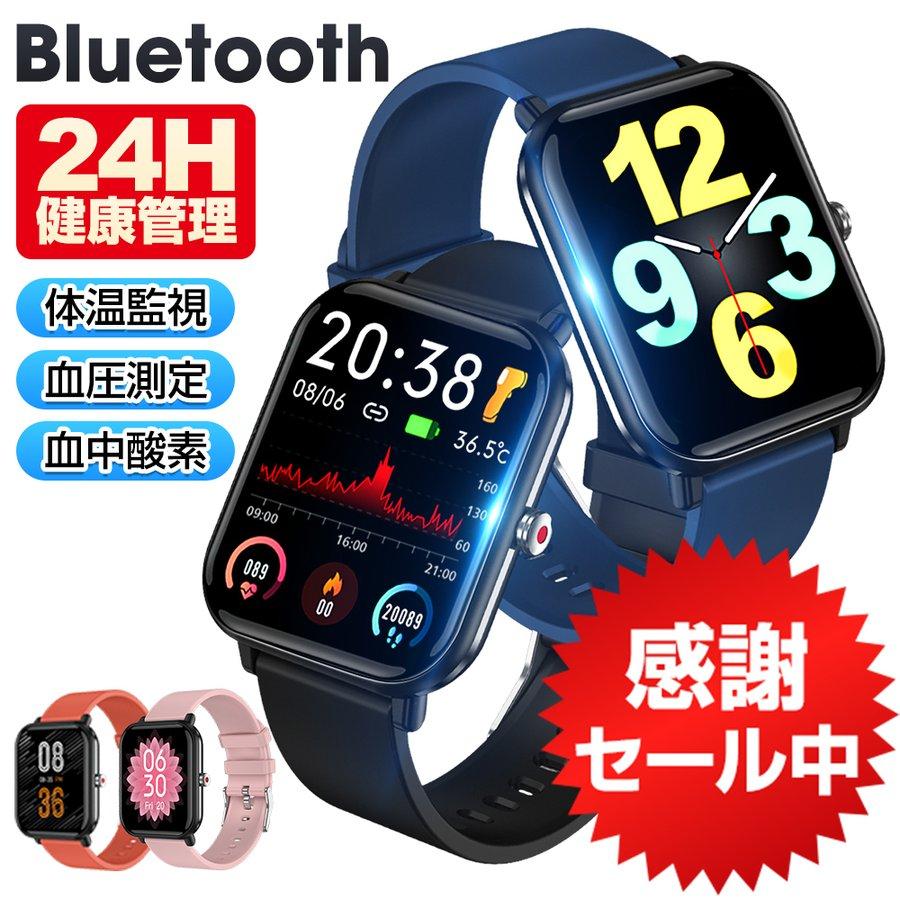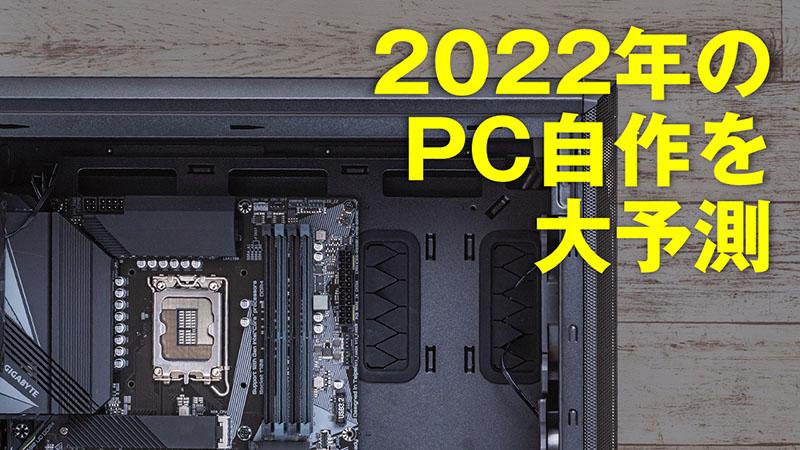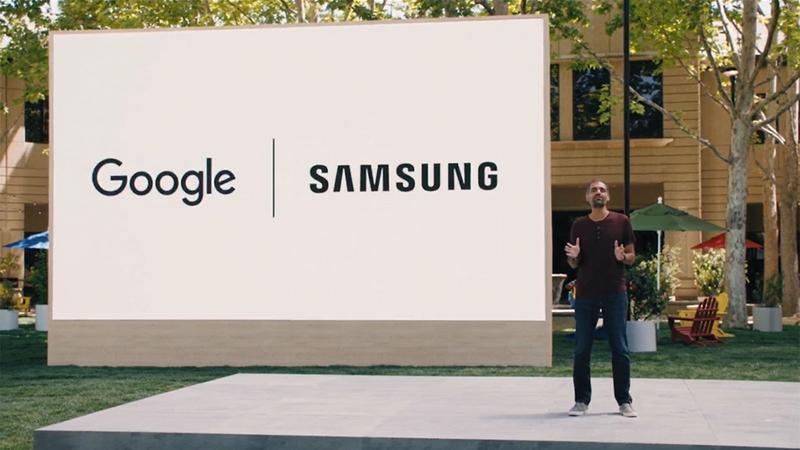Perfect for exercise and health management. Cheap smart watch "Watch 2" review
SOUNDPEATS smart watch "Watch 2"
The “Watch 2” (4,580 yen) released in November 2021 is a SOUNDPEATS smartwatch known for its high-cost, completely wireless earphones, and is the successor to the previously reviewed “Watch 1” (released in 2020). Model. Where did it evolve, and what about cospa? I tested it carefully.
What to expect from an entry-level smartwatch
Smartwatches these days can be roughly divided into two types: high-end with full functions and cost-effective with limited functions. The former uses Wear OS and watchOS, and is equipped with extensive communication functions such as cellular lines and FeliCa for more than 20,000 yen. , is that what you mean?
It can be seen that there is a polarization between high-end machines and entry-level machines, but as far as "health management" is concerned, there is no big difference in functionality between the two. Most of the products also have recording functions for various activities such as swimming and cycling, not to mention measuring heart rate and steps/distance traveled.
The "Watch 2" featured this time is a smartwatch that is classified as the entry level, the latter of the two. However, when it comes to health management, it has a full range of functions, including heart rate and step count/moved distance measurement as mentioned above, as well as a blood oxygen concentration (blood oxygen saturation, also known as SpO2) measurement function that has been attracting attention in recent years. is also provided.
*Editor's note: Watch 2 is a product intended to promote health and is not designed as a medical device.
Can SpO2 be used? I tried holding my breath
I tried the orthodox (?) method of holding my breath to measure my blood oxygen level. Normally, the blood oxygen concentration is around 96-99%, but if there is a problem with lung function, it will drop to the low 90% range, and it will be difficult to breathe and you will always feel like you are drowning. . The theory is that if you hold your breath, you can artificially lower the blood oxygen level and measure it.
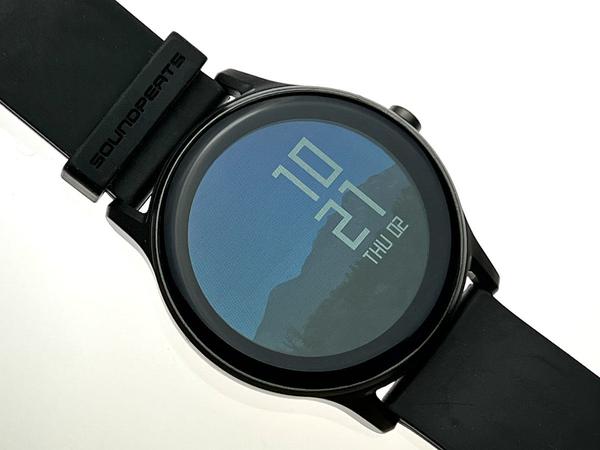
Watch 2's blood oxygen concentration measurement function can be started by tapping "blood oxygen saturation" on the function (app) selection screen that appears when you flick the screen upwards. As instructed on the screen, tap 'Start measurement' with the skin (wrist) in close contact and facing upward. The blood oxygen level is displayed in about 25 seconds.
When I sat down and my breathing was calm, I measured it three times, and it was stable at 96% for the first time, 95% for the second time, and 96% for the third time. Just to be sure, when measured with the Apple Watch Series 6 "blood oxygen wellness", the results were almost unchanged: 95% for the first time, 97% for the second time, and 96% for the third time. They seem to work almost equally.
Next, test after creating a stuffy state. If you repeat holding your breath for 10 seconds and breathing for 3 seconds three times, it will be quite difficult to breathe, so I tried to measure the oxygen concentration in my blood without holding my breath for 10 seconds. The results were 91% for the first time, 93% for the second time, and 89% for the third time. Although there are variations, the numbers indicate that oxygen is not sufficient.
Compared to Apple Watch's "Blood Oxygen Wellness", it is difficult to understand when the measurement ends (Blood Oxygen Wellness displays the number of seconds remaining), does not display the previous measurement results, etc. Despite the difference in sophistication as an app, it does a good job of measuring blood oxygen levels.
It is not approved as a special maintenance management medical device, and although it is simple, it seems to be a function that is "good to have at hand" for physical condition management.
Exercise recording function made practical by changing the map service
Speaking of the top function expected from a smart watch, it is "fitness tracking" that measures and records exercise data. It is natural to record exercise time, steps and distance, and it is necessary to support multiple exercise modes such as walking and running, and to record information on where and how you ran in the case of running.
On that note, the Watch 2 is a big improvement over the original Watch 1. The map service ("Kotoku Map" operated by Alibaba Group) that was linked with Watch 1 had difficulty in map accuracy in Japan, but with Watch 2, "Apple Maps" (iPhone) and "Google Maps" (Android). Accuracy is greatly improved.
In the case of running, the data recorded is the number of steps, exercise time, target number of steps, heart rate, and GPS data. When reviewing tracking data, calories and speed calculated based on steps and average heart rate are also displayed.
Data is transferred to the cloud, so you can use it on more than one smartphone. It is also possible to use a paired iPhone when exercising, and an unpaired Android when reviewing data at home.
Sleep measurement works well. Perhaps because I constantly measure my heart rate, when I look back at the recorded data, the times when I fall asleep and when I wake up almost match what I remember. The judgment of REM/non-REM sleep is also consistent with my sleep pattern (falling asleep early and sleeping well until morning), so there is no discomfort.
Powered-up “generic smartwatch”
After using Watch 2 for about two months, I am not dissatisfied with the basic functions as a smartwatch. Just by wrapping it around your wrist, basic data such as the number of steps, walking distance, heart rate, and sleep time are accumulated every day, so it is very useful for health management purposes.
The long-lasting battery, which I noticed in the original Watch 1, was still alive. With the Watch 1, I was surprised by the energy saver of 45% remaining battery even after 3 days from full charge, but the Watch 2 does not change. When I used it in the default state, the battery decreased by about 20% a day, and it worked continuously for more than 5 days without charging. It's so easy to spend a week without worrying about charging while using features like notification forwarding and heart rate sensors.
Because of its IP68 dustproof and waterproof design, you can now wear the Watch 2 while washing your face in the morning and taking a bath at night. When I went to day camp in the mountains, I washed the Watch 2 with water. Smartwatches costing between 20,000 and 30,000 yen are intimidating and cannot be used in this way.
Although there are some concerns, such as the dial designs (about 60 types) that are available, and the Japanese translation of the app is strange in some places, in case of emergency, you can check the blood oxygen level (for reference) ), and above all, it is an overwhelming cost performance that you can buy it for 4,580 yen at Amazon.co.jp. It is a “generic smartwatch” that has a good battery life and can be used to the fullest.



